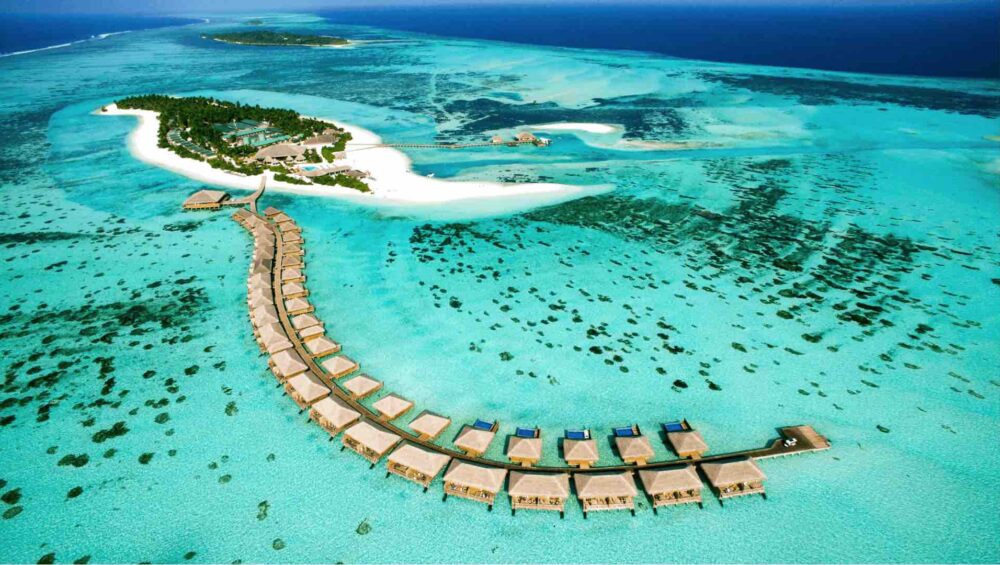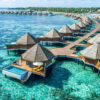Resorts in the Maldives are known for being expensive due to several key factors: –
- Geographical Isolation: –
The Maldives is a remote archipelago located in the Indian Ocean. The country’s isolation means that almost all goods, including food, construction materials, and luxury items, need to be imported, which significantly increases costs.
- Exclusive Experience: –
Many Maldivian resorts are situated on private islands, offering a high degree of exclusivity and privacy. This exclusivity is a major selling point, but it also requires significant investment in infrastructure and logistics to maintain the unique experience.
- High Standards of Luxury: –
Maldives resorts are known for their high standards of luxury, including overwater bungalows, private pools, and personalized services. Maintaining these standards requires considerable investment in both construction and ongoing operations, including hiring skilled staff and providing top-notch amenities.
- Environmental Considerations: –
The Maldives is particularly vulnerable to environmental issues, such as rising sea levels and coral bleaching. Resorts often invest heavily in sustainable practices and infrastructure to mitigate their environmental impact, which can drive up costs.
- Regulatory and Licensing Costs: –
Operating a resort in the Maldives involves navigating various regulatory requirements and obtaining licenses, which can be expensive. The government also imposes high taxes on the tourism sector, contributing to the overall cost.
- Logistics and Transportation: –
Transporting guests to these remote locations often involves additional costs, such as seaplane or boat transfers. These logistical challenges add to the overall expense of staying at a resort.
- Seasonal Demand: –
Tourism in the Maldives is highly seasonal, with peak seasons (like the winter months in the Northern Hemisphere) seeing a surge in demand. During these times, prices are higher due to the increased demand for limited accommodation options.
- Maintenance and Upkeep: –
The tropical climate and saline environment of the Maldives can be harsh on infrastructure, requiring frequent maintenance and repairs. This ongoing upkeep is costly and is factored into the pricing of resort stays.
- Marketing and Branding: –
Many Maldivian resorts are part of international luxury hotel chains that invest heavily in marketing and branding to attract high-end clientele. These marketing costs contribute to the overall pricing strategy.
- High-Quality Services and Staff: –
Providing exceptional service is a hallmark of Maldivian resorts. This requires hiring highly skilled staff, often from abroad, and offering competitive salaries and benefits to retain them. The cost of recruiting, training, and maintaining such a workforce adds to the overall expense.
These factors combined make resorts in the Maldives an expensive, yet highly sought-after, luxury destination.





